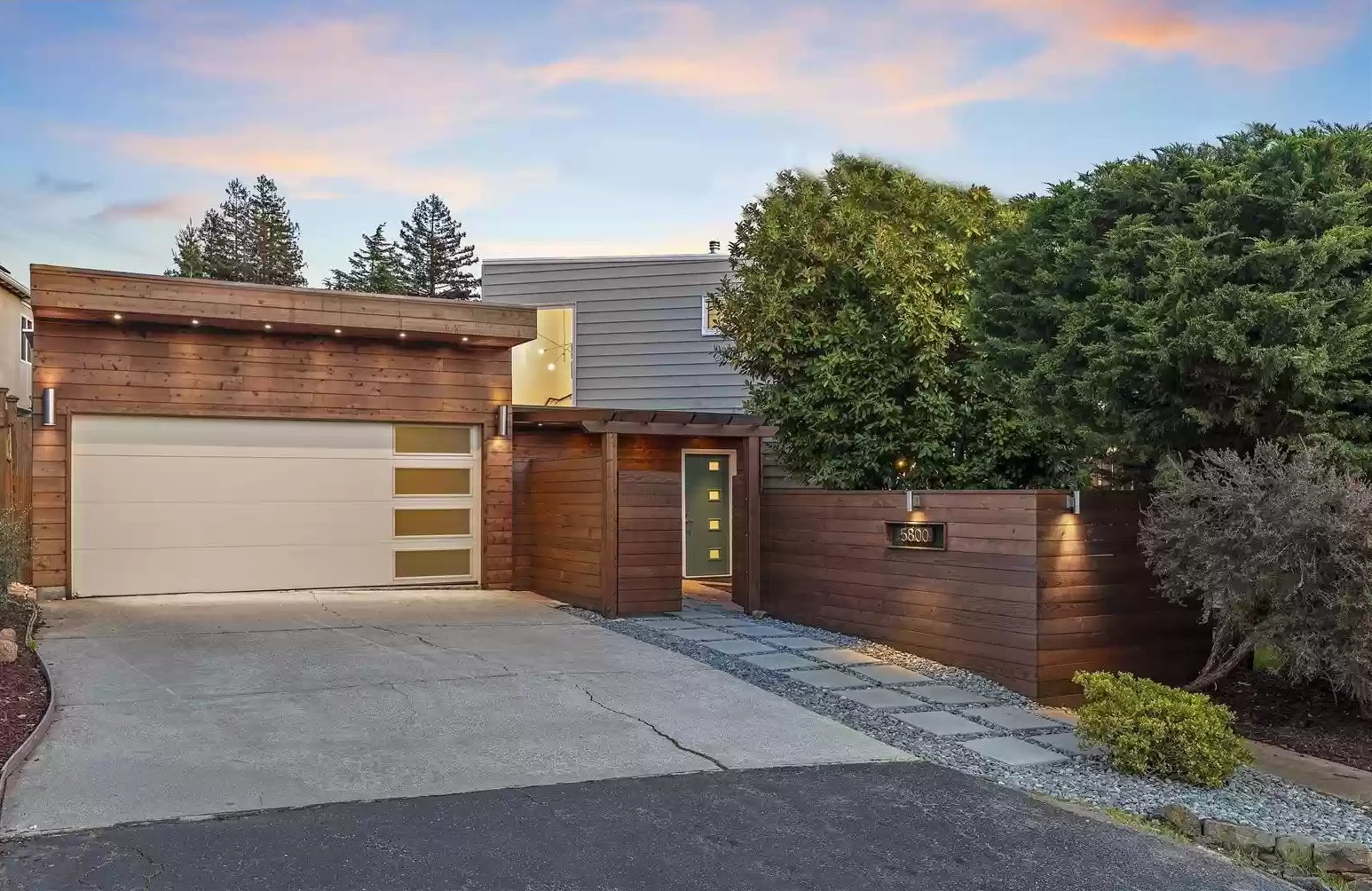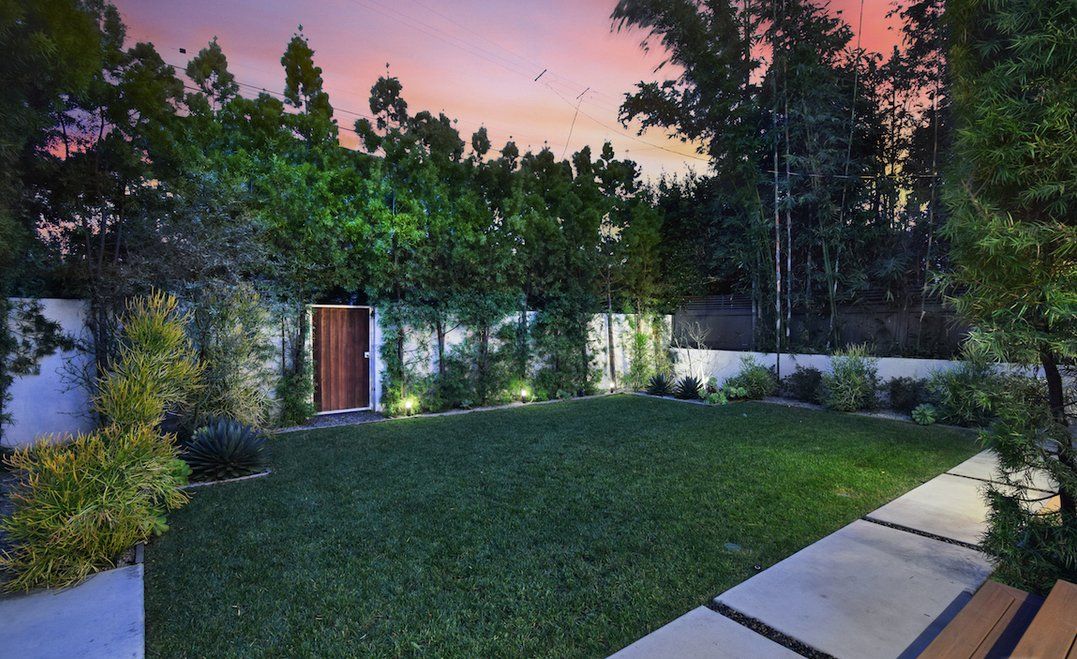Exterior Lighting: Bright Ideas for Illuminating Your Curb Appeal and Impressing Buyers
Jun 12

Outdoor lighting can go a long way when it comes to highlighting the beauty of a home’s landscaping and features. Exterior lighting can make it easier for guests to find you, enhance curb appeal, and even be a deterrent to intruders or nocturnal animals entering the yard. While most people focus on enhancing the lighting inside of their homes, it is important to think about what kind of exterior lighting can make the whole property more inviting.
Additionally, when it comes to selling a home and getting it in tip-top shape to impress buyers, there are four reasons why we recommend paying attention to exterior lighting before listing your home:
- First, as the seasons change, you might be hosting open houses in the afternoon or early evenings, which can give you a chance to illuminate the property as it gets darker.
- Secondly, regardless of when you are hosting open houses, buyers will certainly take notice of how well-manicured the curb appeal and exterior details are.
- Third, outdoor lighting helps potential buyers visualize themselves entertaining outdoors after hours.
- Lastly, it is common for photographers to shoot a majority of the listing photos during the daylight, and add a few in showing the property after the sun has set. This is a chance for you to make your property shine in all lights and make those evening listing photos really pop!
Many homeowners aren’t familiar with installing or maintaining exterior lighting in their homes. We are much more familiar with light fixtures within a home, and outdoor lighting can seem like a silly cosmetic enhancement that won’t go far. Be assured that outdoor lighting can make all the difference when sprucing up the presentation of a home, especially before selling. To get down to the fundamentals, we compiled a list of different types of exterior lighting and tips for maintaining their shimmer!

Megan Silver’s project in Oakland, CA
So what are the most common types of exterior lighting?
- Spotlights: considered a light that only points in one direction. They are best when used to illuminate plants, statues, patios, or walls. They can range in brightness and the amount of area that they cover.
- Garden Lights: can be useful when it comes to drawing the eye to beautiful plants. Often described as a “mushroom of light”, these are a great way to direct the light downward and out, similar to how we view plants themselves.
- Flood Lights: best for highlighting the entirety of your landscaping because they often offer a wide covered range. They can also be good for illuminating patios and driveways from above.
- Bollard Lights: lights that sit on the top of posts with no shield or cover. These types of lights shine in every direction and can also be helpful for illuminating paths or steps.
- Step Lights: can either be placed on walls beside stairs or on the front stairs to help brighten a path and ensure safety when owners or guests arrive after dark.
- Up/Downlights: cast light straight up and down. They are beautiful from a design standpoint. They can help create patterns, illuminate shapes, and beautify your yard with subtle bursts of light.
- String Lights: fairly self-explanatory - they’re lights on strings! These are perfect for weaving through trees or over hardscapes so you can truly enjoy the space. They offer a more subtle light for a picturesque scene.

Susan Lennon’s project in Venice, CA
What are some maintenance tips to really enhance your exterior lighting?
- Clean Reflectors and Lenses: Dirty or cloudy reflectors can lead to the light being directed in the wrong location, and cause issues with clarity. The internal reflector (area surrounding the bulb) should be free of dirt, spiderwebs, debris, and water spots.
- Remove Leaves or Small Branches: Clearing your yard, gutters, trees, and shrubs of loose leaves or stray branches can help ensure that your exterior lighting looks the way that you intend it to. Routine removal of debris can prevent lights from looking dim or being blocked entirely.
- Replace Bulbs That Are Burned Out or Not Illuminating Properly: In order to keep your home safe, we recommend replacing bulbs immediately when they burn out—or even before, so they don’t create hazardous trouble down the road.
- Consider switching to LEDs: LED lighting has been shown to significantly increase energy efficiency and lessen electric bills. This switch can make outdoor lighting much easier to afford on a month-to-month basis. LEDs are also safer to use in an environment full of dry leaves and twigs, as they do not produce as much heat as other bulbs do and can reduce the risk of fire.
- Check for Exposed and Damaged Wires: Exposed or damaged wires can be a safety hazard and should be taken care of promptly. If wires are exposed, frayed, or not sealed correctly, they can be dangerous when coming in close contact with an outdoor light bulb.

Susan Lennon’s project in Venice, CA
Outdoor lighting can often seem like a cosmetic touch that isn’t important to the overall visual appeal of a house. Or it can often fall lower on the list of design elements to improve before selling a property. While options for lights, bulbs, sconces, and finishings can feel like a long list, we recommend sticking with the tried and true basics, while also being mindful of safety and maintenance throughout your yard.
Additionally, investing in good outdoor lighting can help to make your property shine day and night as you host open houses and prepare listing photos. Potential buyers pay attention to many aspects of a home’s curb appeal and lighting is certainly factored into that. With the right understanding of the function that different outdoor lights serve, and where they shine best, you can easily brighten your home and illuminate its best features!